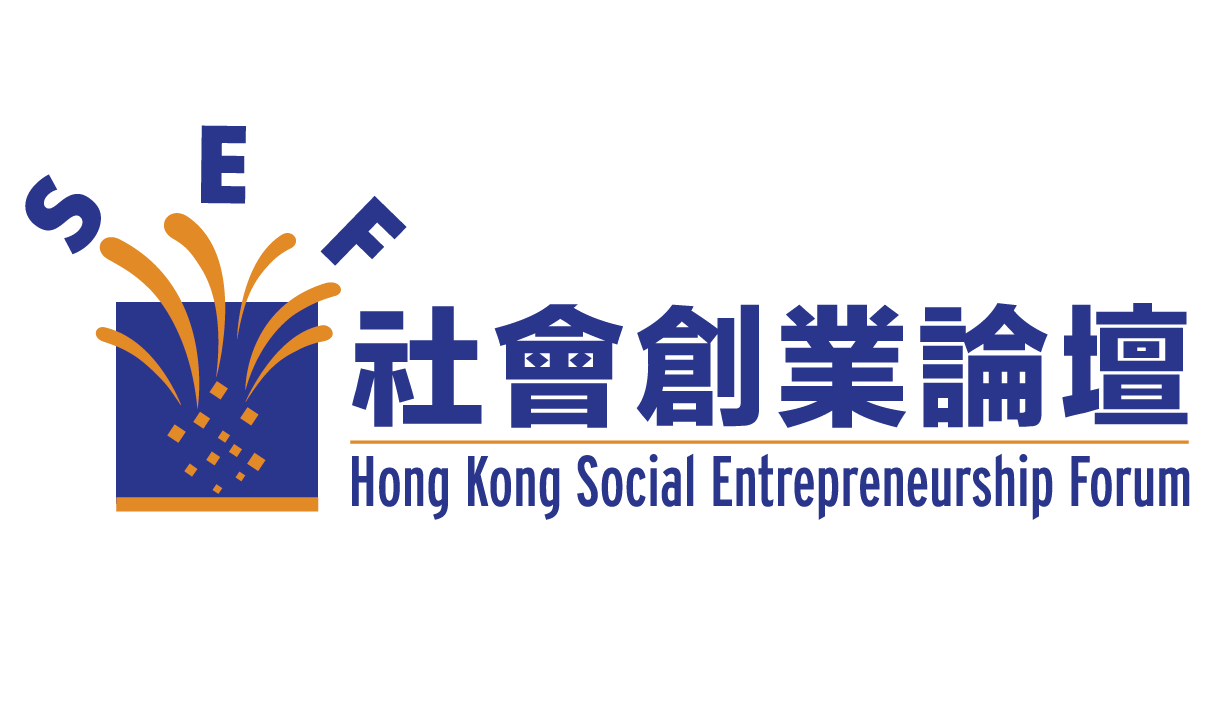Edited by Dr KK Tse
HKSAR Chief Executive Mr. C. Y. Leung announced the setting up of a HK$500 million Social Enterprise Development Fund soon after he came into office last year. Subsequently the Fund was renamed Social Innovation and Entrepreneurship Development Fund to be put under the Commission on Poverty personally chaired by the Chief Secretary Mrs. Carrie Lam.
This is both encouraging and disappointing. It is encouraging because it implies that the government believes that tackling the issue of poverty requires more than handing out relief benefits to the poor, and that it would take social innovation and social entrepreneurship to radically and fundamentally address the issue.
It is disappointing because it would give the impression that social innovation and social entrepreneurship are essentially for tackling social issues such as poverty. In fact, social innovation and social entrepreneurship could be applied to all sorts of issues in contemporary society and should not be confined to poverty and welfare issues.
What is even more damaging is the wrong signal to the business community. By putting social innovation under the auspices of the Poverty Commission, it might convey the wrong message to the business sector that it is none of their business. This is most unfortunate. In what follows, we will confront this issue head on.
Some Common Misconceptions
Chief among them are:
- Social innovation belongs to the social sector
- Nothing to do with mainstream business
- Corporations might support social innovation as part of CSR effort
- Corporations need not and could not get involved in social innovation
These are indeed all mistaken and completely wrong as Jason Saul has forcefully argued in his book Social Innovation, Inc.: Five Strategies for Driving Business Growth through Social Change (N.Y.: Jossey-bass, 2011).
The book is full of inspiring examples of corporations initiating and creating social innovation. Jason Saul has a simple message: the sources of social innovation are many, but mainstream business is by far the most powerful and effective drivers of social innovation. Let’s begin with a few inspiring stories.
Story No. 1 – Have you ever heard of ‘food desert’ in America?
A food desert is a residential area with little or no access to large grocery stores that offer fresh and affordable foods needed to maintain a healthy diet. Instead of such stores, these districts often contain many fast food restaurants and convenience stores.
Food deserts disproportionately affect socially disadvantaged groups in urban areas, specifically single mothers, children, and the elderly living in underprivileged urban neighborhoods. Unhealthy diet is a major cause of obesity, diabetes, and heart disease.
The darker colors represent food deserts and they are all over America. Even the government recognizes that it is a public health hazard and there are a lot of charitable and government programs trying to alleviate the situation but with little effect.
One company decided to address this issue through a business initiative aiming at solving the problem and generating profits at the same time. This company is Tesco, the third largest retailer in the world. They are building a chain of Fresh and Easy Neighborhood Markets right in the middle of selected food deserts. The impact has been phenomenal.
Fresh and Easy received an overwhelming response from the customers who simply could not believe their eyes when they first entered the stores. Many of them thought that it must be God who had asked Tesco to build these stores for them. Whether or not Tesco would find this profitable in the long run remains to be seen. But such is the power of social innovation that businesses could bring about.
Story No. 2 – Have you ever heard of ‘Young Invincibles’?
They are also a unique US phenomenon. ‘Young Invincibles’ refer to this group of people:
- Young adults between 19 and 29
- The largest group of uninsured people in America – close to one third
- They think they are young and do not need medical insurance protection
- Massive evidence suggest that they are wrong
The literal meaning of the word ‘invincible’ means ‘can’t be beaten, vanquished or conquered. Unable to be injured, killed, or destroyed. Superman was invincible, as bullets bounced off him etc.” Such are the beliefs of these young people who think they could do without medical insurance and can get away with it.
One company, WellPoint, the largest health insurer in the U.S., takes on themselves to tackle this issue. They want this group of young adults to get medical care protection and they want to change their perceptions and behavior for good. After much intensive research involving a largest number of young adults, WellPoint came up with a new product, Tonik, which addressed the needs and level of affordability of the young invincible.
Tonik is:
- A low-cost but profitable healthcare insurance product
- Targeted at ‘young invincibles’
- Simple, no thrills, transparent
- Variety of choices for different needs
- Leveraging social media marketing
- A spectacular success
- Changing the perception and behavior of young adults
The lesson from Tonik is that it is possible to offer a ‘submarket’ product which is profitable while solving a social problem. Submarket means ‘beneath the market’ – persistently ignored by mainstream products and previously relegated to charity or government programs. In short, social issues can become business opportunities.
Story No. 3 Have you ever heard of the city of Hartford?

- It is the capital of the state of Connecticut
- Nicknamed ‘insurance capital of world’ because of the large number of major insurance companies
- The second poorest city in America, despite its location in the country’s second wealthiest state
- 3 out of 10 families living below the poverty line
Worse still, Hartford is notorious for its poor and declining performance in public education. It is among the lowest-scoring school districts in the nation. Despite massive corporate donations and political pressures, performance in Hartford schools continues to decline. There is widespread disappointment and cynicism and no one sees any way out of this miserable state of affairs.
The impact on business operation in the city has been tremendous. Almost without exceptions, businesses have much difficulty in recruiting entry- and mid-level staff. They could recruit nationally or even internationally for more senior positions, but they have to rely primarily on local supply of graduates for junior level jobs. The poor performance of the education sector is threatening the survival of local businesses.
What is to be done? A number of local companies, led by Travelers Insurance, joint hands to create a new institution to tackle the issue – High School, Inc. It is designed and operated as an independent college preparatory school for grade 9 to 12 students. The purpose is to provide a pipeline for supplying employable graduates for local industry.

What’s innovative about it? Schools aren’t delivering on the skills and training needed for today’s workforce, and companies do not have the time (or hope) for public education to reform itself.
Pipelining talent is about businesses taking ownership of the education problem and developing alternative pathways to prepare students for future employment.
As Workforce magazine puts it, “All signs indicate that corporate involvement in public schools will continue to increase in the next decade. Alarmed by under-performing public schools and schools poorly equipped for the job market, business is getting directly involved.”
What do these stories have in common?
- They are not CSR efforts
- They are not charitable acts
- They are addressing burning social issues
- They leverage core business and core competencies
- They turn social issues into business opportunities
- They create business value and are profitable
- They are innovative and sustainable
What could your business learn from these examples?
In his book Social Innovation, Inc., Jason Saul has identified five proven strategies for corporations to drive business growth through positive social change. They are:
- Create revenues through submarket products and services
- Enter new markets through backdoor channels
- Build emotional bonds with customers
- Develop new pipelines for talent
- Influence policy through reverse lobbying
Numerous examples are provided for each of these strategies, making the book a mine of insights for corporations serious in exploring social innovation initiatives. At the very least, corporate executives will find the book eye-opening and mind-blowing. The message is clear and loud: businesses have a major role to play in initiating and sustaining social innovation.
The Hong Kong scene – Knowledge is Power
As far as social innovation is concerned, it is unfortunate – to say the least – that most businesses are unaware of what is happening in other parts of the world. Partly because of the adjective ‘social’, they think that it belongs to the ‘social sector’ and as such they feel they could stay outside it. It is about time that we introduce the idea of corporate social innovation to the business community. The most effective way to do it is to share with them real life examples from different parts of the globe. Education for Good CIC Ltd. will be organizing a series of workshops targeted at business and professional people as well as offering in-house workshops for businesses interested in exploring the idea. Knowledge is indeed power.





